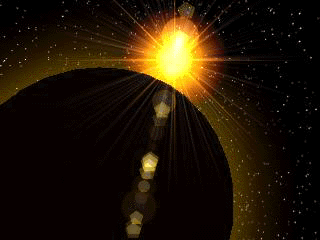Limitations
to critical scientific thought
_______________________________________
Limitations
to critical scientific thought
_______________________________________

Before going on, let's consider those constraints that limit our ability to determine the nature of scientific truth.
Although there exist unique and universal laws which govern the relationships between energy, matter, existing and not existing, consider the following:
- The fact that we are both the observer and the observed creates a unique subjectivity…our scientific explorations can never be truly "objective." In this way, thought experiments within 4 dimensional space-time, may offer the opportunity to discover important information.
- Human bias enters in to the formulation of any theory i.e. "selection effects" created by idiosyncratic science and scientists. Choosing an "unscientific" approach may result in achieving important discoveries that exist outside the paradigm.
- Soluble results via soluble equations usually describe ideal circumstances that will not generally exist outside the experimental environment. Reliance upon real world experiments as "close approximations" creates a problem with generating accurate conclusions. Therefore, the soluble idealized result challenges the investigator to accept the "gap" existing between the real and ideal. Just because we cannot generate a soluble equation "now" does not mean that we have gotten it wrong.
- Broken symmetry is found everywhere in Nature and therefore must be a part of the scientific process, whether in makes scientific "sense" or not.
- Conclusions are valid only when we believe the assumptions we use to begin the process. Assumptions based upon 3 dimensional observations must be flawed if they apply to 4 dimensional space-time function.
So given our limitations, what next?Home | Intro | PS Paradigm | Limitations | Summary | QA Terms | Contact Us | Webrings | D-Board